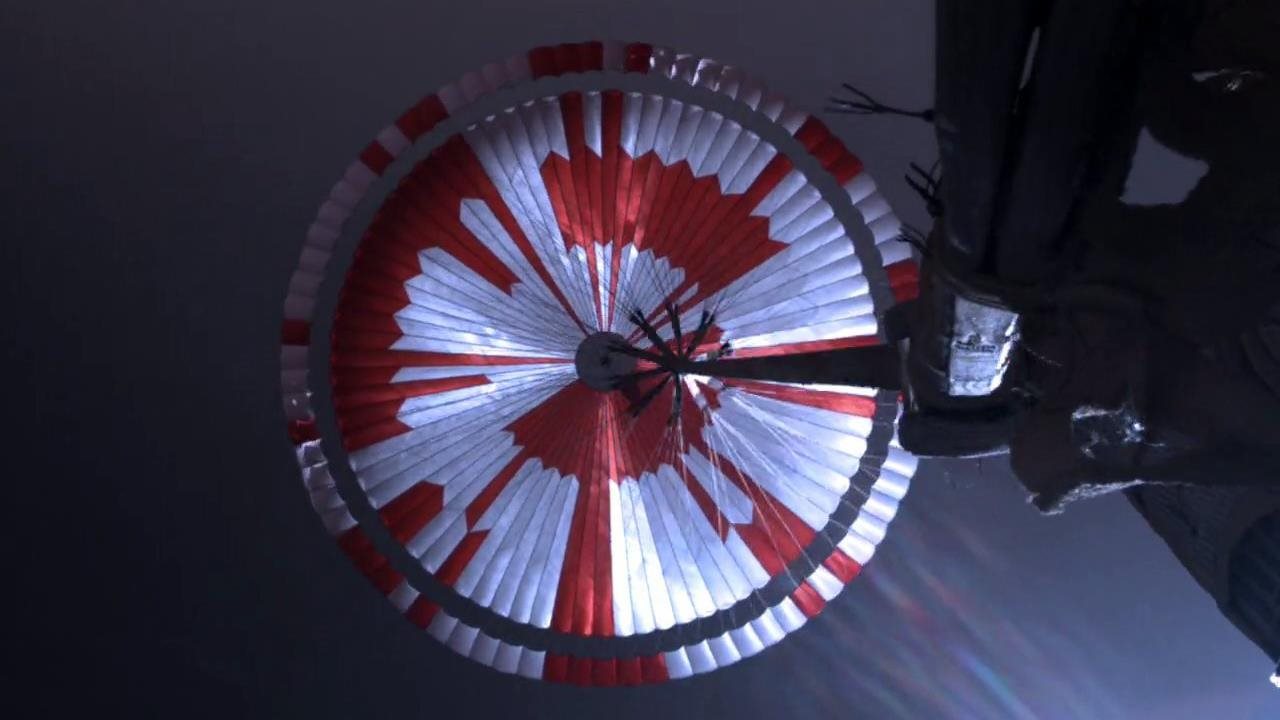2023-02-28T11:49:00
(BPT) – Two years ago, NASA’s Perseverance Rover landed on Mars, an aerospace feat helping prepare the mystery planet for potential human exploration. While many companies are proud to have contributed to the project, a large part of the mission’s success is thanks to Airborne Systems (a TransDigm company) who supported the design and production of the parachute which brought the Rover safely to the surface of the Red Planet.
“Percy,” as the spacecraft is affectionately called at mission control, launched back in July 2020 and landed on Mars in February 2021. One of the principal objectives of the mission was so-called “astrobiology” — the search for possible signs of life on the Red Planet.
Perseverance’s parachute measured 70.5 feet (21.5 meters) in diameter and deployed about 240 seconds after atmospheric entry — all at a head-spinning altitude of about 7 miles (11 kilometers) and a mindboggling velocity of about 940 mph (1,512 kph). All told, the parachute inflated at about Mach 1.75.
With Percy weighing in at over 2,200 lbs., about the weight of a car, this was the heaviest Mars landing to date and required the strongest parachute ever flown on Mars or any other planet except Earth. What makes this landing even more special is that it’s the first time anybody has seen a parachute perform in the Mars atmosphere. In the past, parachute performance on Mars has been deduced or inferred based on data, but this time high-speed video captured the parachute in action. Now, scientists and engineers have video that they can pore over frame by frame to aid future missions to Mars and other celestial frontiers.
The parachute, weighing approximately 180 pounds, deployed from the back of the aeroshell and inflated in less than a second. In the blink of an eye, Perseverance’s parachute transformed from an 18-by-26-inch cylinder of nylon, Kevlar and Technora compressed to the density of wood, into a fully inflated, 70.5 foot nominal diameter parachute. The tens of thousands of pounds of force that the parachute generated during this supersonic inflation stressed both the parachute and the vehicle.
Perseverance reached Mars after a nearly 300-million-mile journey that lasted more than six months. Perseverance and her teams lived up to the rover’s namesake by overcoming the challenges of preparing for the journey’s final stages during the worst of the COVID-19 pandemic.
Thanks to Airborne Systems’ parachute, Perseverance was able to send back its first images of the landing site immediately after touchdown.
The mission also carried the Ingenuity helicopter to Mars. The Ingenuity helicopter can fly short distances in Mars’ thin atmosphere, which has a density of less than 1% of Earth’s. Ingenuity is the first craft to conduct powered flight outside of Earth’s atmosphere.
After Perseverance used its cameras to share the first video of a mission landing on Mars and capturing some of the first sounds humans have heard on the red planet, Perseverance reused those same cameras to capture the inaugural flight of Ingenuity as it lifted through the Martian atmosphere.
Thanks to the Perseverance, Earthlings can see for the first time a panorama of its recently completed sample gathering. These samples and accompanying photos represent a big milestone for the Perseverance mission, as they are humanity’s first collection of rock samples from another planet. The panorama, stitched together from 368 images that were sent to Earth, captures more than a month of careful placement and mapping of 10 titanium tubes.
Besides keying researchers into the planetary science of Mars — how the composition of its regolith varies and how the planet has changed over time — the Perseverance mission is looking for astrobiological clues. Researchers hope to find ancient microbial biomarkers, which would show that the now-hostile world once held life.
Extraterrestrial missions require a whole orchestra of support from partners on the ground, including companies like Airborne Systems and TransDigm Group Inc., whose work extends from the American communities that play host to its facilities, to commercial flight paths, all the way to the edges of outer space.


